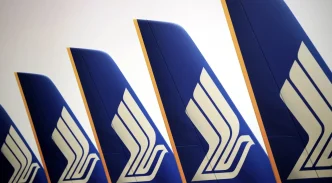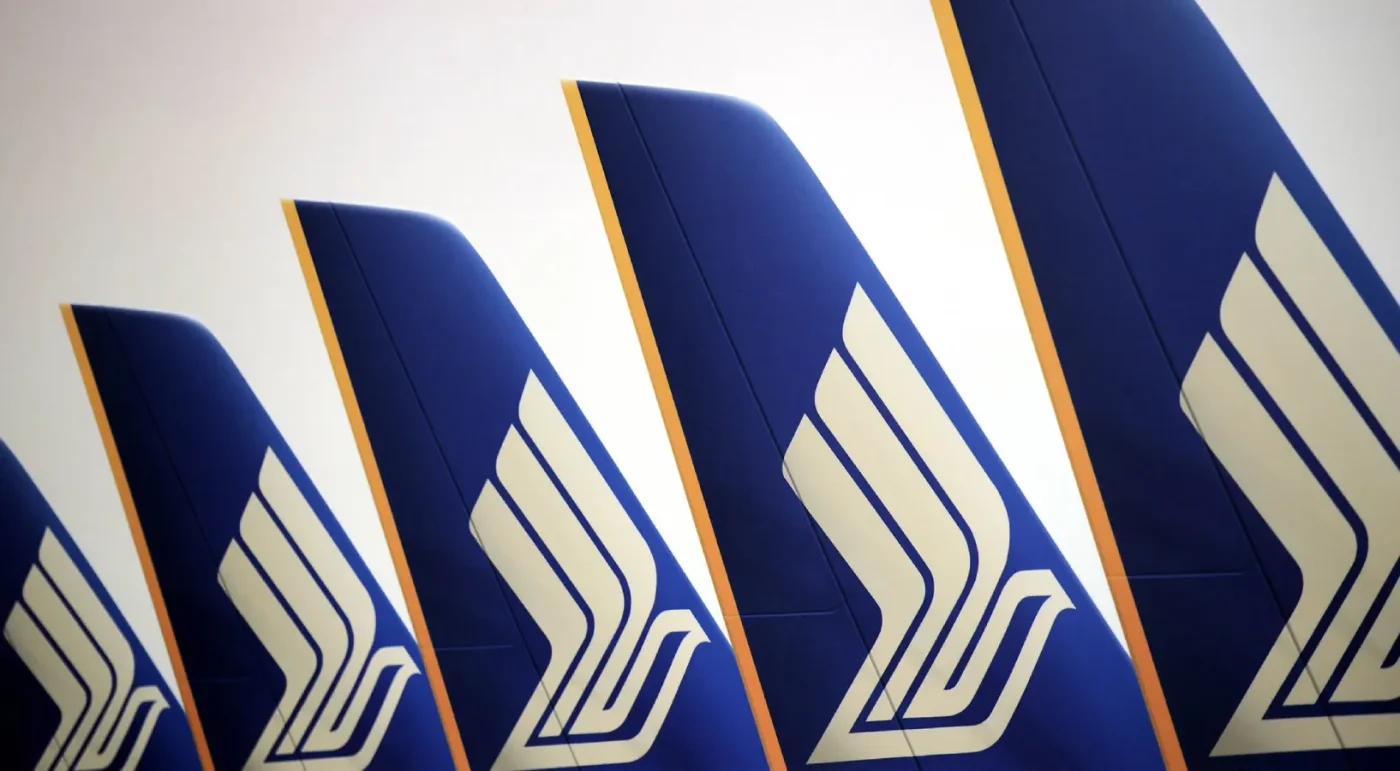Singapore Airlines (SIA), the city-state’s flagship carrier, finds itself navigating a complex landscape of global crises and localized opportunities as the aviation industry grapples with geopolitical tensions, tragic accidents, and shifting market dynamics. While escalating conflicts in the Middle East and a devastating Air India crash have clouded the sector’s outlook, the closure of budget airline Jetstar Asia offers SIA and its low-cost subsidiary Scoot a chance to expand their foothold in key Asian markets.
Global Shocks Ripple Through Aviation
The aviation industry has been rocked by a series of high-profile events in recent weeks. On June 12, 2025, Air India Flight AI171 crashed near Ahmedabad airport in India, claiming at least 271 lives in one of the deadliest aviation disasters of the year. The incident has raised concerns about safety protocols and operational challenges at the airline, in which SIA holds a significant 25.1 percent stake following its merger with Vistara in November 2024. Analysts suggest that while the financial impact on SIA may be limited in the near term, the tragedy could dent consumer confidence in Air India and slow its ongoing transformation efforts.
“This could result in a moderately larger share of losses for SIA, although we do not expect a material impact on SIA’s bottom line at this stage” said Jason Sum, an analyst at DBS Bank. The potential for reputational spillover remains a concern, as SIA’s association with Air India could influence passenger perceptions in shared markets.
Compounding the industry’s woes, geopolitical tensions flared on June 13 when Israel launched air strikes on Iran, prompting swift retaliation. The conflict, which persisted over the weekend, drove oil prices up by as much as 7 percent on the first day, peaking at US$78 per barrel for Brent crude before moderating to between US$73 and US$74 by June 16. For airlines like SIA, where jet fuel constitutes the largest operating expense, such volatility poses a direct threat to profitability. While US carriers such as American Airlines, Delta Air Lines, and United Airlines saw share prices dip before recovering, SIA’s stock fell 1.3 percent to $6.94 on June 13, closing at $6.88 on June 17.
However, SIA appears somewhat shielded from the immediate impact of rising fuel costs. The airline has hedged approximately 40 percent of its near-term fuel requirements, a strategy designed to mitigate the volatility of oil prices. Additionally, a weaker US dollar could further offset higher costs, according to Carmen Lee, head of investment research at OCBC Bank. Energy analysts from Rystad Energy have also suggested that oil prices may stabilize below US$80 per barrel, assuming the Middle East conflict remains contained.
Jetstar Asia’s Exit: A Silver Lining for SIA and Scoot
Amid these global challenges, a significant opportunity has emerged closer to home. On June 11, Singapore-based low-cost carrier Jetstar Asia announced it would cease operations by July 31, 2025, creating a notable gap in the regional market. Jetstar Asia operated around 180 weekly flights from Changi Airport and carried 2.3 million passengers in 2024. Its departure is expected to reduce competition in the budget travel segment, potentially benefiting SIA and its subsidiary Scoot.
With fewer available seats in the market, industry observers anticipate higher load factors— the percentage of seats filled on flights—for both SIA and Scoot as passengers shift to existing services. “The exit of Jetstar Asia may bring some reprieve in the competitive low-cost carrier market in terms of load factor and yield” said Eric Ong, an analyst at Maybank. Reduced competition could also enable the airlines to stabilize or even raise ticket prices, boosting profitability.
SIA is reportedly planning to increase flights to key Asian destinations, while Scoot is set to launch new routes to Okinawa, Japan, and Labuan Bajo, Indonesia. These moves position Scoot to capture a larger share of the budget travel market in Jetstar Asia’s absence. For the year ending March 31, 2025, SIA and Scoot together carried a record 39.4 million passengers, underscoring their capacity to absorb additional demand.
Morningstar director Lorraine Tan noted that Jetstar Asia’s closure could have a more immediate and positive impact on SIA than the Air India crash or Middle East tensions. “Increased market share and reduced competition could be offset by higher fuel costs and increased associate losses in 2025” she cautioned, highlighting the delicate balance SIA must strike.
Navigating Consumer Sentiment and Regional Dynamics
Beyond operational and financial considerations, SIA faces the challenge of shifting consumer sentiment. Rising tensions in the Middle East could dampen travel demand if passengers opt to postpone or cancel plans amid fears of broader instability. “Airlines’ growth can also be hit by souring consumer sentiment if people cut back on their travel plans” said OCBC’s Carmen Lee. This concern is particularly relevant for long-haul routes connecting Asia to Europe or the Americas, where SIA has a strong presence.
Regionally, SIA’s ability to capitalize on Jetstar Asia’s exit will depend on its execution of expanded services and maintaining competitive pricing. Scoot’s new routes to destinations like Okinawa and Labuan Bajo signal an intent to tap into growing demand for leisure travel in Asia, a sector that has seen robust recovery post-pandemic. However, the airline must also contend with other regional players eager to fill the void left by Jetstar Asia.
Singapore’s role as a global aviation hub further amplifies the stakes. Changi Airport, consistently ranked among the world’s best, serves as a critical gateway for international and regional traffic. Any shifts in airline capacity or market share at Changi could have ripple effects across South East Asia’s travel ecosystem, influencing everything from tourism revenue to business connectivity.
Balancing Risks and Opportunities
The specter of volatile oil prices looms large over SIA’s financial outlook. While the airline’s hedging strategy offers some protection, sustained increases in jet fuel costs could erode margins if geopolitical tensions escalate further. Analysts remain cautiously optimistic, noting that current projections suggest a cap on oil price surges. However, the unpredictable nature of international conflicts means SIA must remain vigilant.
On the balance sheet, SIA’s stake in Air India introduces an additional layer of complexity. While the crash of Flight AI171 is unlikely to cause significant direct losses, any prolonged impact on Air India’s reputation or operations could indirectly affect SIA’s earnings through its associate share. DBS analyst Jason Sum emphasized that the incident’s broader implications for consumer trust in Air India could pose a longer-term risk, even if the immediate financial hit is contained.
As Singapore Airlines charts its course through this turbulent period, the interplay of global crises and regional opportunities will shape its trajectory. The closure of Jetstar Asia offers a rare chance to strengthen its market position, particularly in the budget segment through Scoot, while the airline’s fuel-hedging policies provide a buffer against rising costs. Yet, external factors—ranging from Middle East conflicts to consumer confidence—remain wild cards that could disrupt even the best-laid plans.
For now, SIA’s resilience and strategic positioning at Changi Airport offer a foundation for navigating these challenges. As the aviation industry watches how events unfold, questions linger about whether SIA can turn market gaps into lasting gains while weathering the storms of global uncertainty.
















